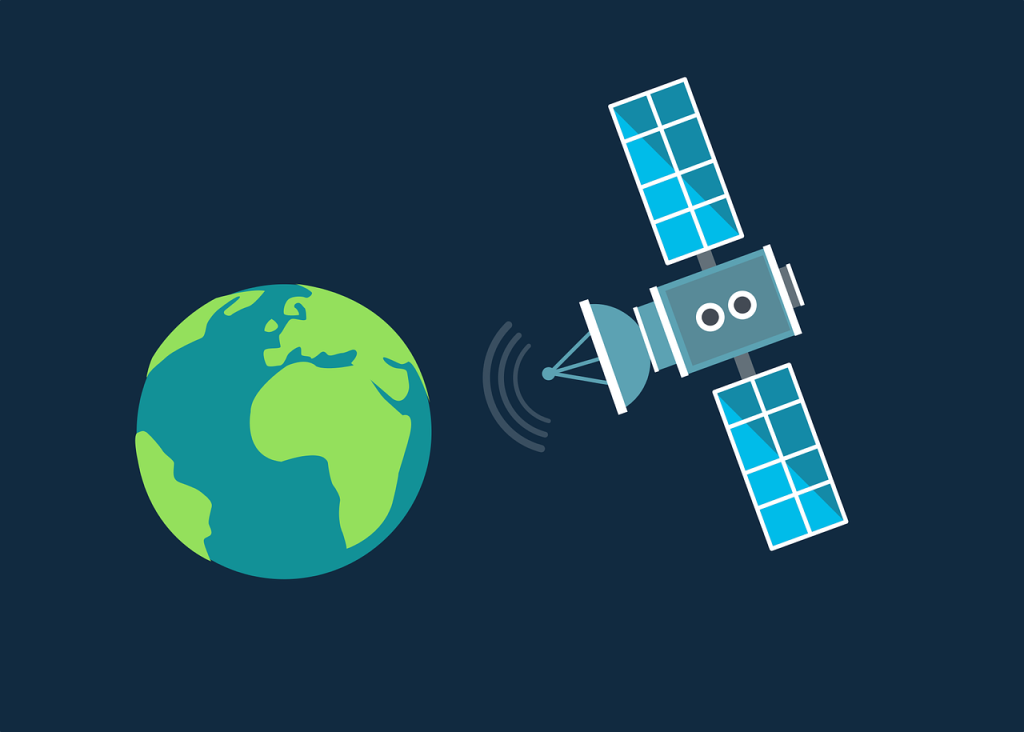Telecommunication infrastructure refers to the physical and logical components that enable the transmission, routing, and delivery of data, voice, and video communications over a network. It includes the hardware, software, and protocols that make up the network, such as routers, switches, servers, cabling, wireless access points, and transmission equipment like fiber optic cables and microwave links. The telecommunication infrastructure serves as the backbone of modern communication systems and supports a wide range of services, including voice and video conferencing, messaging, internet access, and mobile communications. It enables the exchange of information and data between different devices, networks, and locations, providing connectivity and communication services to people and businesses around the world.
How is Telecommunication Infrastructure used?

Telecommunication infrastructure is used in a wide variety of ways to enable communication and data transfer between individuals, businesses, and governments. Here are a number of the maximum not unusual place uses: Internet Access: Telecommunication infrastructure is used to provide Internet access to homes, businesses, and public places. This allows people to access online services, communicate with each other through email and social media, and browse the web.
Voice and Video Communications: Telecommunication infrastructure is used to enable voice and video communications over a network, such as telephone and a video conferencing services.
Data Transfer: Telecommunication infrastructure is used to transfer data between devices, such as transferring files between computers or streaming media content.
Mobile Communications: Telecommunication infrastructure is used to support mobile phone networks, allowing people to make calls, send text messages, and access the internet on their mobile devices.
Machine-to-Machine Communications: Telecommunication infrastructure is used to enable machine-to-machine communications, such as connecting sensors and other devices to a network to monitor and control industrial processes.
Remote Access: Telecommunication infrastructure is used to enable remote access to resources such as servers, databases, and cloud-based applications. In short, telecommunication infrastructure is used to enable communication and data transfer between devices, networks, and locations, enabling people and businesses to communicate and access information in real time, regardless of where they are located.
Telecommunication Infrastructure Categories You Must

There are different categories of telecommunication infrastructure, but some of the most important ones are:
Network Access Infrastructure: This includes the physical components that allow users to connect to the network, such as switches, routers, modems, and wireless access points. It also includes the software and protocols that manage the flow of data between the devices.
Transmission Infrastructure: This refers to the physical and logical components that enable the transmission of data over long distances, including fiber-optic cables, microwave links, and satellite communications systems. Switching Infrastructure: This includes the hardware and software that enable the routing of data and voice traffic between different parts of the network. This includes both circuit-switched and packet-switched networks. Network Management Infrastructure: This comprises the software and hardware that enable network administrators to monitor and manage the network, including network monitoring tools, traffic analysis software, and network management systems.
Value-Added Services Infrastructure: This includes the hardware and software that enable the delivery of value-added services such as voice and video conferencing, virtual private networks (VPNs), and unified messaging services.
Mobile Infrastructure: This includes the hardware and software that enable the delivery of mobile services, including cellular networks, Wi-Fi networks, and mobile device management systems.
Cloud Infrastructure: This includes the hardware and software that enable the delivery of cloud-based services, including servers, storage, and networking equipment.







